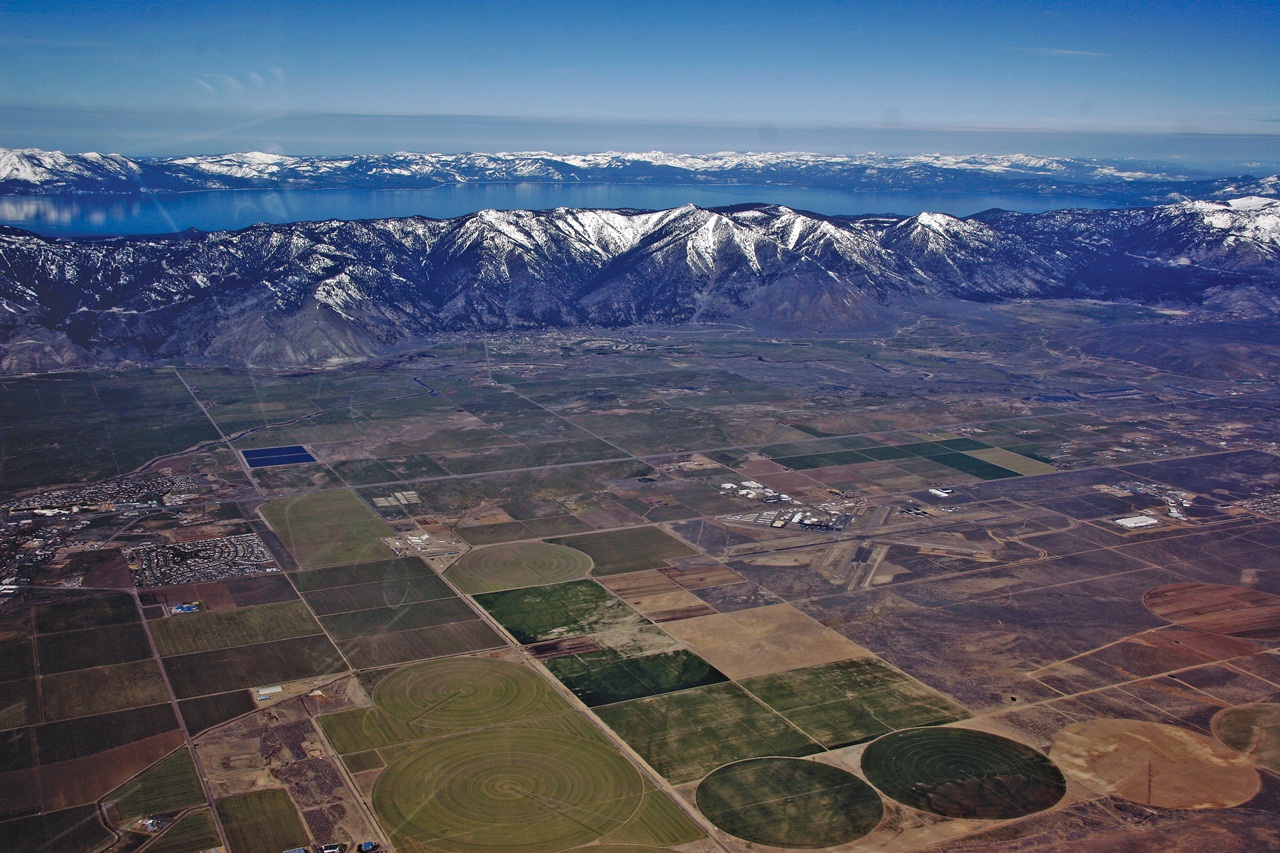Shakespeare once thoughtfully asked, “What’s in a name?” In Romeo’s case, well you know the story—it was everything. That got us wondering, what about Carson Valley’s name? In this case, the history of the name Carson Valley is as fascinating as the area itself.
King of the Wild (Nevada) Frontier
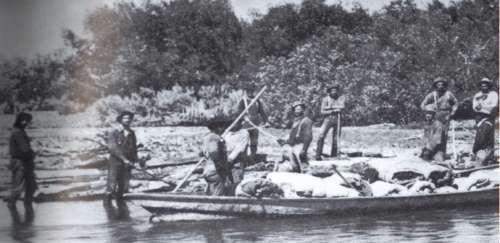
Wood drive on the Carson River, 1880-1890. Courtesy of the Douglas County Historical Society.
It all started with the Carson River. Actually, it all started with the river’s namesake, Kit Carson. A pretty legendary frontiersman, Kit must have been a heck of a fella’ because John C. Fremont sure seemed to have his name on the tip of the tongue when mapping the area. During their second Western expedition that began in 1843, Fremont named the Carson River in honor of his favorite guide. They also toted along a surveyor and cartographer Charles Preuss, making things rather official in terms of exploration. Preuss’s expedition map depicted the locations of the Carson River and the Carson Lake/Sink, which were used to create the earliest trail guides.
Later in 1881, Thompson & West published “The History of Nevada” and reached out to Fremont to confirm that he did, indeed, name the Carson River. Not entirely sure why there was any doubt there, but Fremont removed it. The editors noted Fremont “passing through the valley and cañon that have since received their name from the river.” Aha, now we’re talking.
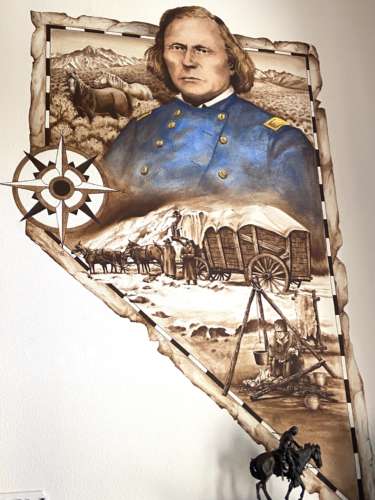
Kit Carson painting in the Carson Valley Museum and Cultural center.
Extra! Extra! Carson Valley hits the news, but where exactly is it?
So, we had a name. But the place wasn’t exactly nailed down.
The evolution of the Carson Valley we know and love today was just that; an evolution. Making its first appearance on a map and newsprint in 1850 (post Fremont and the boys) the area marked Carson Valley was not what we refer to it as today- not even a little bit. The geography encompassed in the term seemed to be somewhat of a moving target and newspapers were trying their darndest to pin it down.
At that time, the spotlight was on the area for two newsworthy events: the gold discovery in Gold Canyon (today’s Dayton area) and the tales of immigrants surviving the treacherous Forty Mile Desert to arrive at the Carson River. (It must have been the most exhilarating sight to see the good Ole’ Carson River after having somehow made it across the most dreaded portion of any pioneer trail across the United States!) Newspapers were all over these stories but used the term Carson Valley fast and loose. At first, they used it to refer to the area along the lower Carson River, from Dayton to Fallon, roughly 15-20 miles from the northern end of today’s Carson Valley. They then widened their geography when Genoa’s Mormon Station became a hub of activity to simply refer to the entire Carson River Basin as Carson Valley.
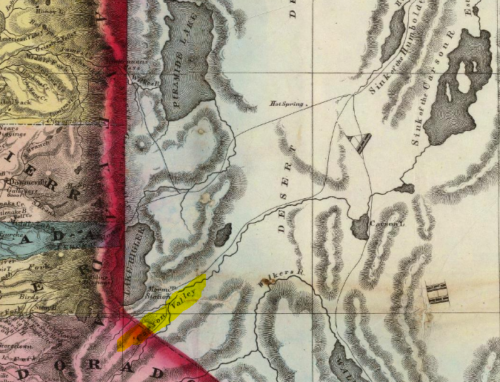
Carson Valley made its first official appearance on a California map in 1854.
The conundrum finally was ironed out when the 1861 Act to Organize the Territory of Nevada referred to Carson Valley solely as the upper portion of the Carson River drainage, defining the territory’s western boundary as “the dividing ridge separating the waters of Carson Valley from those that flow into the Pacific.” Carson Valley, as it is today, first appeared on an official map of 1854.
By 1857, local residents had designated several districts in the western part of the Utah Territory, splitting up “Carson Valley” into Carson Valley, Eagle Valley (Carson City), Rag Town (just west of Fallon), and 26-mile Desert (Rag Town to the current Dayton location).
It is truly hard not to see Kit’s influence in Nevada: Carson River, Carson Valley, Carson City, Carson Pass, and the entire Carson Range. Not to say they lacked creativity back then, but there certainly was a no shortage of the term. As for the answer to Shakespeare’s question with regards to Carson Valley, we’d say fortitude, adventure, discovery, the true grit of the American spirit, western heritage, Nevada’s birthplace, to name a few.
And, a truly important feather in Kit’s map, errr, cap.
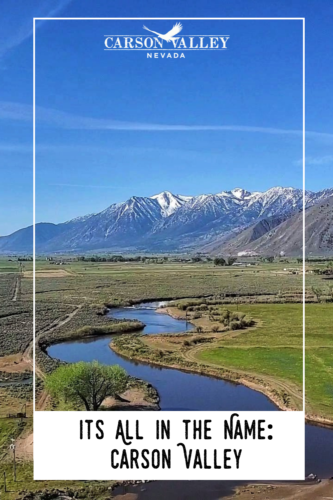
Visit Carson Valley extends its sincere thanks to Debbe Nye and the Douglas County Historical Society for the research as well as some narrative text provided.
